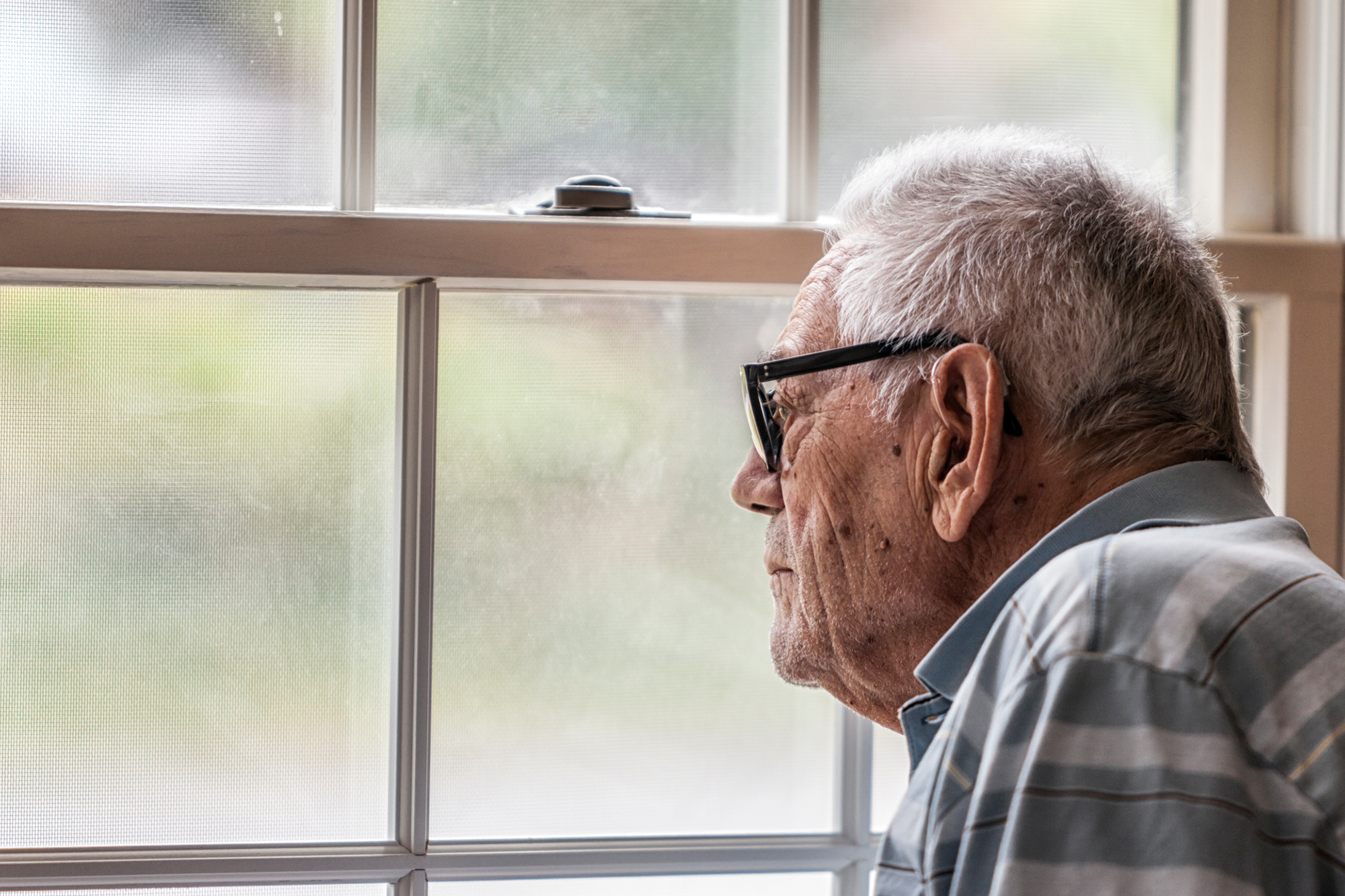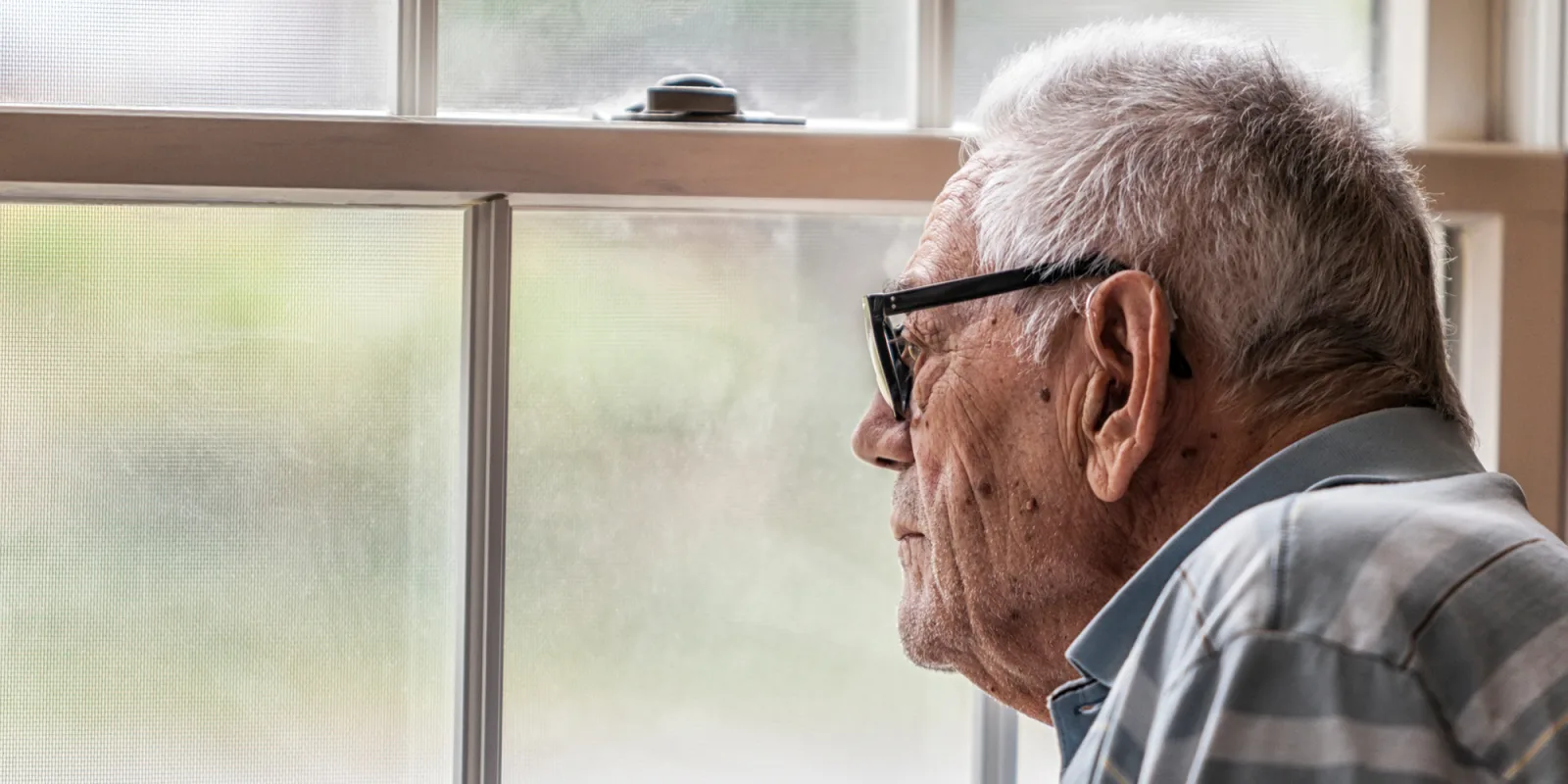
We are early in this coronavirus game of social distancing and hand-washing. We haven’t quite become weary of it. We sometimes still joke about it. And yet, I am starting to see, among my friends, some very real concern about our elder parents and grandparents. But we aren’t allowing ourselves to linger on those thoughts much. We should.
The United States has been accused of being late to respond to the coronavirus pandemic, late to test our population compared to other countries, and, as a result, “doomed” to the consequences. Even so, we are embarking up that, by now well-known, bell curve of disease spread. Known cases are seemingly doubling every day. Deaths are, as well.
As a cancer physician with hospice and palliative medicine certification, I view the coronavirus pandemic through increasingly dark lenses. Coronavirus is a new and immediate threat to life — and we are not ready for what that means. If we don’t succeed in slowing its spread and suppressing new cases – now widely known as “flattening the curve” – 2.2 million people could die. And yet, we are not talking openly – or publicly – about how we are going to handle the massive number of deaths COVID-19 will bring.
If the pandemic is as bad as some predict it will be, discussions about end-of-life care will soon be front and center. There may not be enough ventilators for everyone who “needs” ventilator support. In Italy, doctors were forced to triage sick coronavirus patients based on age and Italian doctors admitted that there were simply too many patients for each one of them to receive adequate care. They described a “tsunami” of patients and a death rate of more than 7% (notably, the death rate in Wuhan, where the pandemic started, is now estimated at 1.4%).
Unlike localized disasters – most memorably Hurricane Katrina in 2005, during the aftermath of which health care decision-making received intense scrutiny and prompted legal action – we are experiencing an acute global emergency that may require historic moral and ethical decisions that impact who lives and who dies. We will all be rationing health care on the fly. Are we ready for that? As family members? As a community? As a nation? Are our hospitals and hospices ready for the number of patients needing immediate, short-duration, and contagion-related end-of-life care?
Perhaps among the most terrifying of the repercussions of this pandemic — even in countries where death has become frighteningly common — is the loneliness that will undoubtedly accompany COVID-19-related deaths. Hospitals in the U.S. are already limiting or even forbidding visitors. In Italy, seriously ill coronavirus patients are isolated from family and often die alone. Families are not allowed to have a proper burial, not only due to restrictions on gathering but due to the enormous backlog morgues have to work through. Certainly, these conditions do not make for what most of us would call a “good death,” and do not represent what those of us in hospice care would want for any patient.
President Trump has labeled himself a wartime president, declaring that we are a country at war with an invisible enemy. "Now it's our time. We must sacrifice together, because we are all in this together, and we will come through together," he said on March 18, 2020. What has not been said, but what I am afraid will happen, is that the wartime analogy will become less of an analogy and more of a reality in terms of real lives lost. In an ironic twist of fate, it very well may be that the remnants of the Greatest Generation, those high-risk individuals over the age of 85, will be once again on the front lines. Even the Baby Boomers, our citizens in the 64 to 84 age range, will bear the brunt of the coronavirus disproportionately.
The time to have discussions with our older and elderly parents and grandparents about the very real risk of serious illness and death from COVID-19 is now. Wills and advance directives need to be written now. Durable powers of attorney need to be completed now. Last wishes need to be clarified now — before our loved ones hit the hospitals. These discussions are not morbid; they are pragmatic and necessary. The responsibility for initiating and driving end-of-life care decisions is on patients and families but for those providers who are not already taking care of the critically ill, the responsibility is on you to help foster these discussions. We owe it to our hospitals and health care workers not to overburden the system with care for those who neither want nor would benefit from aggressive measures.
Click here to see more perspectives on COVID-19 from the Doximity network.
Click here for up-to-date news about COVID-19 on Doximity.







